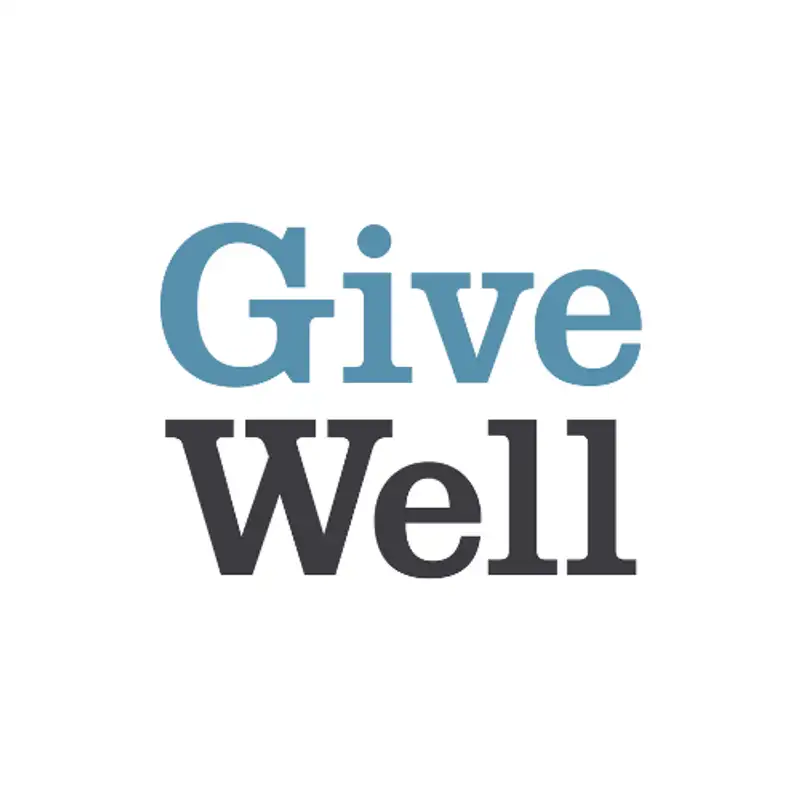Addressing Urgent Needs in Seasonal Malaria Chemoprevention: April 3, 2025
This episode was recorded on March 31, 2025 and represents our best understanding at that time.
Our first episode shared a broad overview of the impacts of US government aid cuts and GiveWell’s initial response. This time, GiveWell Program Officer Natalie Crispin joins CEO and co-founder Elie Hassenfeld to zoom in on a specific case, focusing on grants we’ve made to support urgent funding gaps for seasonal malaria chemoprevention (SMC).
Our first episode shared a broad overview of the impacts of US government aid cuts and GiveWell’s initial response. This time, GiveWell Program Officer Natalie Crispin joins CEO and co-founder Elie Hassenfeld to zoom in on a specific case, focusing on grants we’ve made to support urgent funding gaps for seasonal malaria chemoprevention (SMC).
SMC is one of the most cost-effective programs we’ve found—GiveWell has historically funded around $60-80 million annually for Malaria Consortium’s SMC program, which is one of our Top Charities.
Elie and Natalie discuss:
- How SMC campaigns work: SMC campaigns involve community health workers going door-to-door to deliver preventative malaria medicines to children under five in regions with highly seasonal malaria, particularly in Africa's Sahel region. These campaigns run during the rainy season (June-October) when malaria transmission is highest. The campaigns require pre-campaign preparation including training, supplies, and logistics planning, and staff to manage this work.
- The impact of USAID funding pauses on SMC campaigns: When USAID funding was paused in January 2025, organizations implementing SMC in many countries couldn't proceed with critical pre-campaign activities required before June campaign launches. While most medicine had been purchased, supplies, staff, and preparation activities like training were left unfunded, putting entire campaigns at risk.
- GiveWell’s response to keep SMC campaigns on track: Our research team quickly identified and filled approximately $3 million in critical funding gaps for pre-campaign activities across five countries. If these timely activities didn’t take place, the campaigns wouldn’t be prepared to run if funding returns by June. By maintaining the existing implementation ecosystem, campaigns can proceed with preparations as planned, preserving the potential for USAID funding to seamlessly resume and enable the distribution of these life-saving drugs.
GiveWell has so far directed approximately $15 million toward urgent needs caused by cuts to US foreign aid, focusing on highly cost-effective interventions at risk of near-term disruption. Our research team is continuing to investigate more than $100 million of potential grants to support similar needs across a wide range of impacted programs, including in areas like vaccines and malnutrition treatment.
Visit our USAID Funding Cuts webpage to learn more about our response and how you can help, and listen or subscribe to our podcast for the latest updates.

